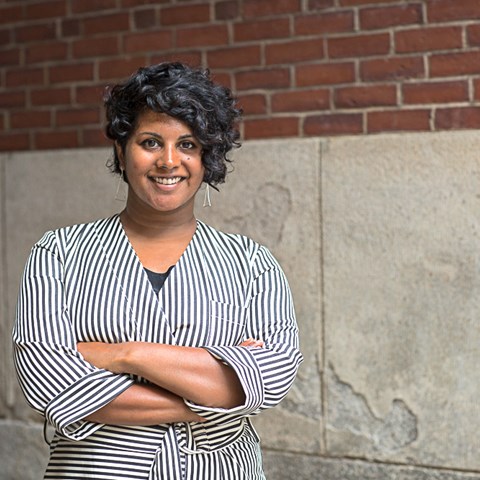Facts:
The visit is a result of/continuation of the STINT exchange between SLU and Rhode Island School of Design that was organized in 2017-18 by Andrea Kahn and Lisa Diedrich.
Suzanne Mathew is an Associate Professor in the Department of Landscape Architecture at the Rhode Island School of Design. She is a registered landscape architect with a multidisciplinary background in biology, architecture, and landscape architecture, and her work uses interdisciplinary approaches to measure and visualize the phenomenological qualities of landscape space. Her body of research has been dedicated to developing tools and methods for observing, measuring, and understanding microclimatic changes in the environment, as well as techniques for visualizing these changes so that we can see the spatial volumes created by invisible sensory phenomena. These methods incorporate a range of tools, including hand-held weather instruments for site survey, timelapse photography and film for temporal observation, and 3D modeling and geospatial mapping programs for spatial visualization. In addition to methods and tools for observing environmental phenomena, this applied research has generated a set of theories that interrogate the nature of sensory experience and landscape space, as well as the role human bodies play in interpreting and projecting invisible environmental dynamics.
